Last week one of our readers wrote me that even though she is very anxious about anesthetizing her sweetheart, she is going to let her veterinarian clean her diabetic dog’s teeth. I’m very proud of her. Many people have fear of anesthesia, yet the benefit to ridding a diabetic of oral infection with respect to diabetic regulation is huge. I’m betting she isn’t the only one with this fear of anesthesia.
Now, before we discuss anesthesia, let’s talk about when we might be able to get away with other options. I myself prefer not to be anesthetized given the opportunity to have a procedure done under a local. I chose local anesthesia for myself when I had my carpal tunnel surgery years ago. In fact I had to talk my doctor into it since I wanted the closed approach, for which he required general anesthesia. He thought I was a pain in the you-know-what, but later told me he would consider allowing others to have it under a local as I had sat so still. If I can help a veterinary patient through a procedure without general anesthesia, I am happy to try. Usually this involves some kind of calming medications like Valium and a narcotic, and nearly always involves a local anesthetic or nerve block. Additionally, my willingness to try depends on the patient’s demeanor. If I am working with Cujo or a pet that can’t stop wiggling, I’m much more likely to use general anesthesia. And, if the procedure is invasive or if the dental disease is more than a scant amount, I require general anesthesia.
I’ve been in the veterinary business for 25 years. The options for anesthesia today are a world apart from what was commonplace back in the 1980s. This does not mean that every doctor practices the same level of care nor monitors anesthesia as those of us who admit to being “Type A”. We Type A personalities understand that we can be very irritating to non-Type A personalities. Nonetheless, when your pet is under anesthesia you probably want us Type A folks monitoring anesthesia. Having worked in both critical care field and later in many general practices when I was a “relief vet”, I can tell you that not all hospitals are the same.
Now, how do you know what goes on in the back of your veterinary hospital? If you are nervous about anesthetizing your pet for a dental or some other procedure, is there a way to calm your fears when you hand your sweetie over to your veterinarian or vet nurse? Yes! Ask for a tour of the hospital and surgery suite or dental area. I give my clients quick tours of my hospital all the time, especially when they voice that they are nervous about anesthesia. Now that I own my own hospital, I get to call the shots and be as Type A about anesthesia as I want (some of the anesthetic monitoring equipment can be very pricey, so some doctors may choose not to invest in them).
I show them where the procedure is done. I show them all my anesthetic monitoring equipment that I use on each and every patient under anesthesia. I monitor pulse oximetry (oxygen saturation), end tidal CO2 (which measures ventilation), ECG (for the heart rhythm), and blood pressure. All patients under anesthesia have an IV catheter in place (a safety net should we need to give drugs under anesthesia) and are supported with IV fluid therapy. My anesthesia monitors pick up on subtle changes in respirations and oxygenation before a pet has issues. I use warm air blankets to keep pets warm as getting cold under anesthesia can bring about trouble. I tell my clients that it is MY job to be conscientious so that they don’t need to worry much. Of course, there is never a guarantee with anesthesia, but I hope to quell their fears. The unknown is usually scarier than the known.
Earlier I mentioned local anesthesia. If I do anesthetize a pet under general anesthesia, you can bet I’m going to incorporate good pain management! If I can utilize a nerve block (say on an extremity or dental procedure) I will! As soon as a pet is under anesthesia I get the nerve block in place so that while we do a surgical prep or clean teeth, the local anesthetic can take effect. Once I’m ready to remove a lump or tooth or whatever I’m doing, it will have hopefully taken effect. In general, the longer lasting local anesthetics take longer until the area is numbed once injected into a site. I prefer the longer acting locals, so I get them on board ASAP.
Additionally, I can’t recall a general anesthetic procedure I have performed without the use of narcotics. Some narcotics are stronger than others. Narcotics are controlled drugs, and their use is required to be documented in controlled drug logs. Some hospitals are less willing to stock the stronger narcotics for not wanting such drugs with potential for abuse in their hospital. I carry them. I figure if I was in severe pain, I would want the good stuff! Being proactive with pain management allows us to keep the pet at a “lighter” plane of anesthesia. If we have to “turn up the gas” really high, that can affect blood pressure and respirations and such.
Now, what about the day of anesthesia? What do you do with the insulin and feeding that day? We will tackle that subject next week!
NOTE: Consult your veterinarian to confirm that my recommendations are applicable for the health needs of your pet.
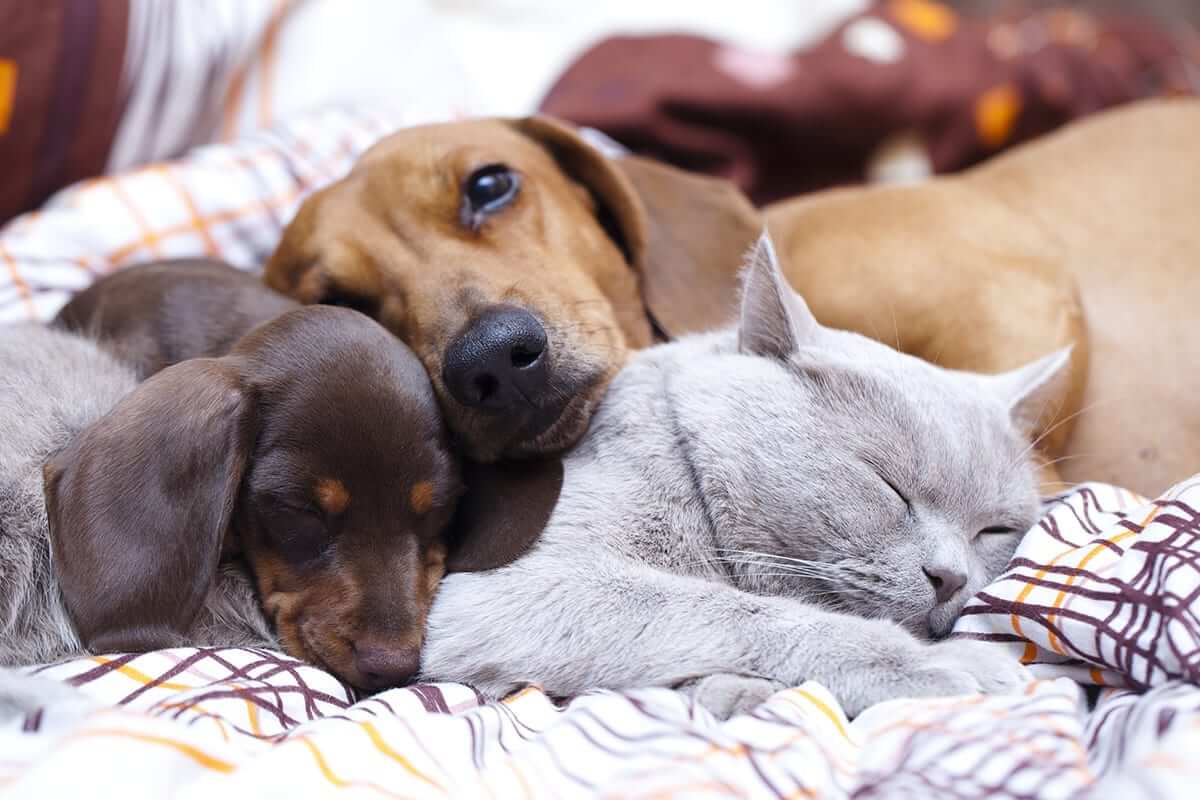
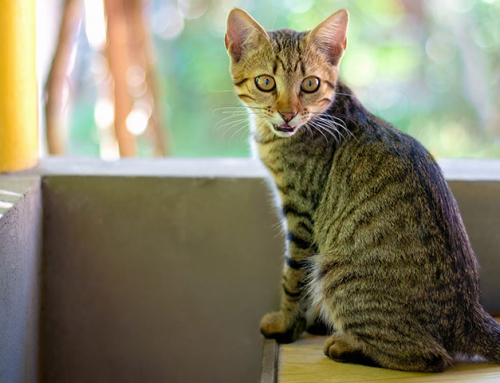
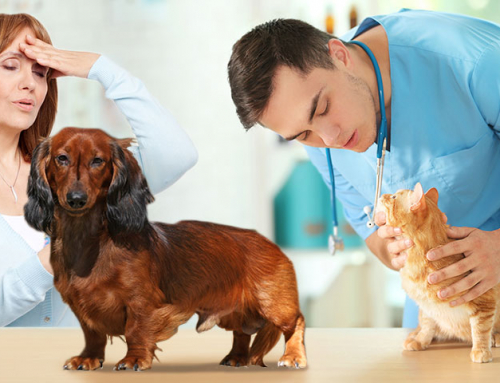
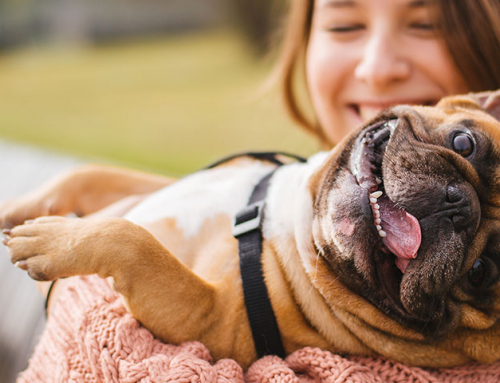

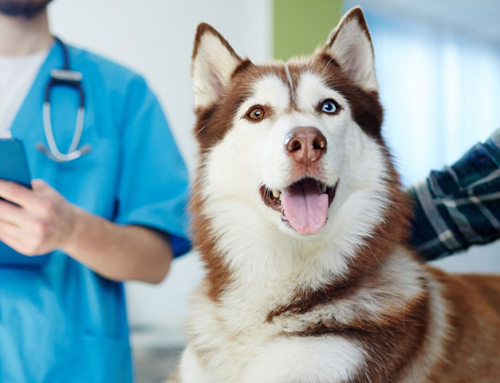
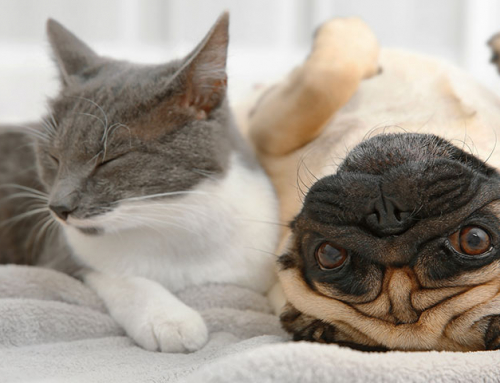
Dr Sutton,
(I think my comment went through before I was finished)
Thank you for the continued good articles to help our diabetic pets live a better life. As you said we don’t know what happens in the “back room” of the hospital when our baby is getting his teeth cleaned. Lucky us, we not only have a diabetic cat but he also has pH or saliva problems and needs dental work at least once or twice a year. Oh our other cat only has asthma.
Back to the dental work on the DM kitty. If your readers ask the Vet who will do the dental cleaning, it is usually a technician. If the Vet is hesitant to answer, ask the technician and he/she will probably tell you they do most of it. Well our baby mysteriously came down with Horner’s syndrome twice in the last ten years. Our recent Vet told us that in the past, perhaps when under anesthesia the cat may have been lifted with head kinked and hanging down. This can pinch or traumatize a nerve in his neck and be the cause of the Horner’s syndrome which is thought to be a neurologic condition. So this last dental cleaning was done by this Vet who explained this possibility to us. She also assured us that she would do the cleaning herself and would be very careful handling our baby. As you said, you never know what can happen. Regards. Mel Solomon
Hi, Jennifer! I have used Alfaxan, but it was 10 years ago. I’ve done a lot of international volunteer work (spay/neuter campaigns in developing countries) and an Aussie vet brought some on a campaign back then. When I saw it was coming to America finally I read up on it. It sounds like it is very much like propofol in that to be used well requires a nice “pre-med”. It is a relatively large volume induction agent with a short shelf life as it has no preservative. Alfaxan can be used off label in an intramuscular or sq fashion but mostly we will use it IV to get a pet to relax just long enough to get an endotracheal tube into the pet’s airway. At that point we can maintain anesthetic depth with gas and oxygen. I’m looking forward to trying alfaxan in a controlled environment (my hospital) compared to a somewhat chaotic spay/neuter campaign in a region that lacked vets. (Those volunteer campaigns on a budget for mostly stray animals never have the finances to support the same level of anesthetic monitoring as in a clinic here in the states.) Alfaxan has the reputation of having less respiratory depression immediately after the injection than does propofol. We titrate drugs to effect to lessen this potential side effect, but I do see it now and then with propofol. It will be one more tool in our anesthetic toolkit!
What is your opinion on Alfaxan for anesthesia. It’s new to the US and I wondered if you have any experience with it yet. Thanks.